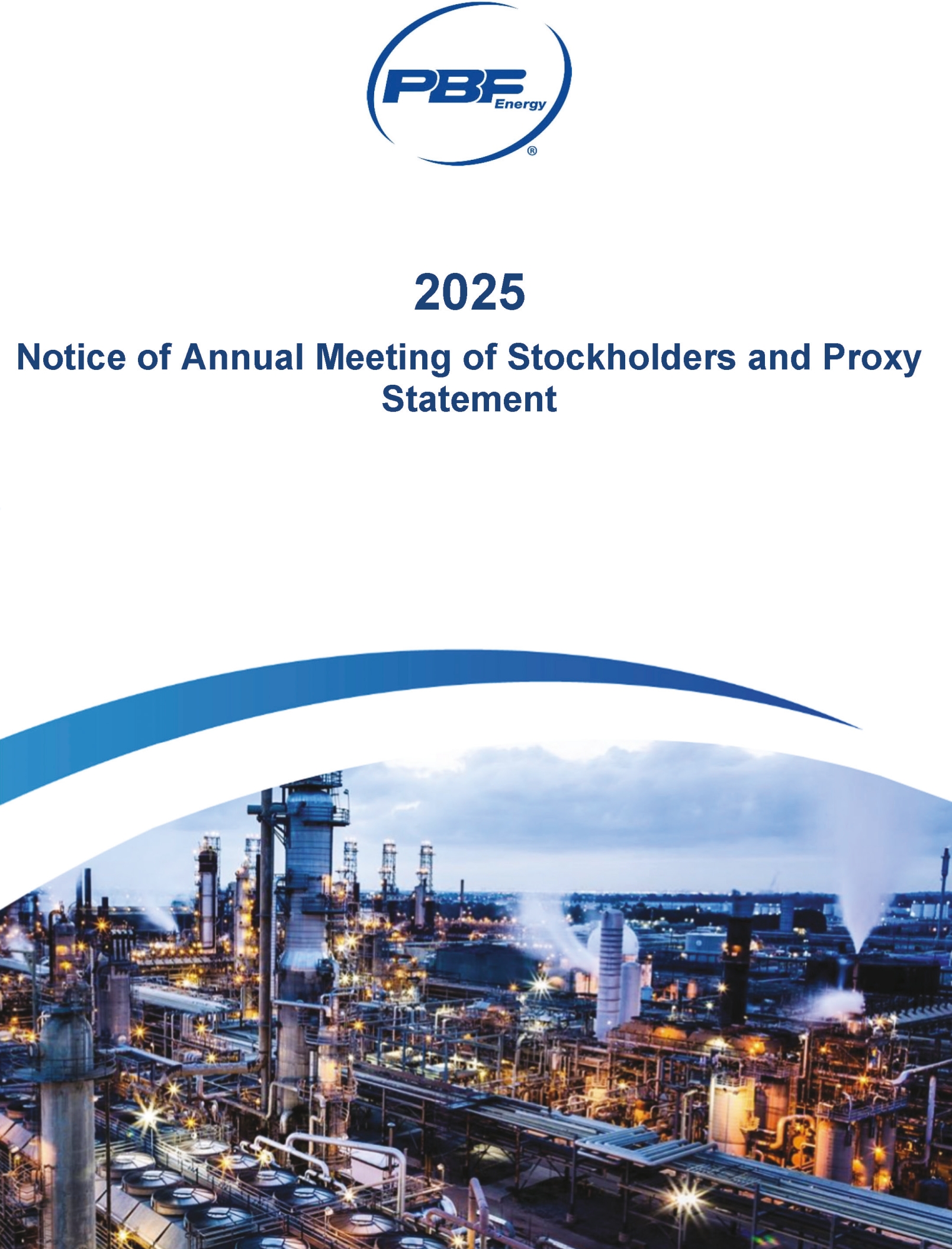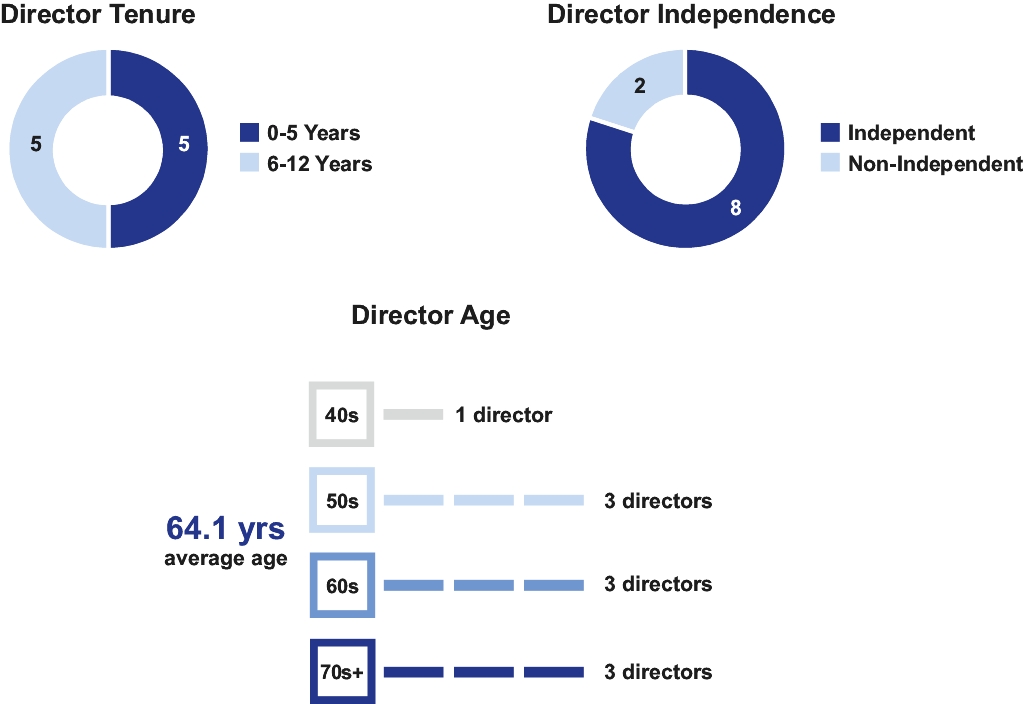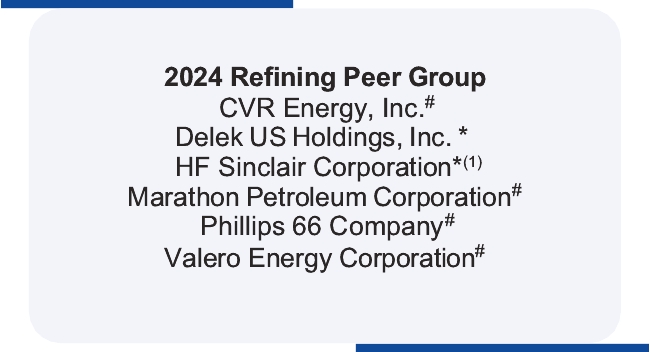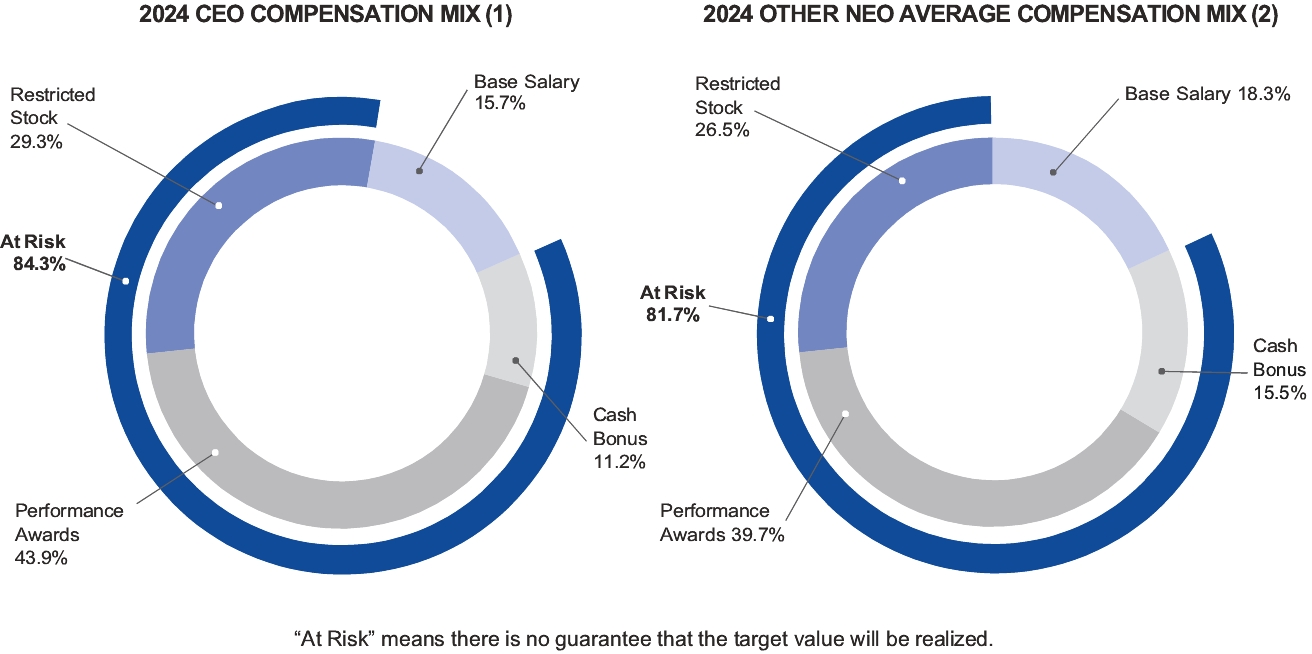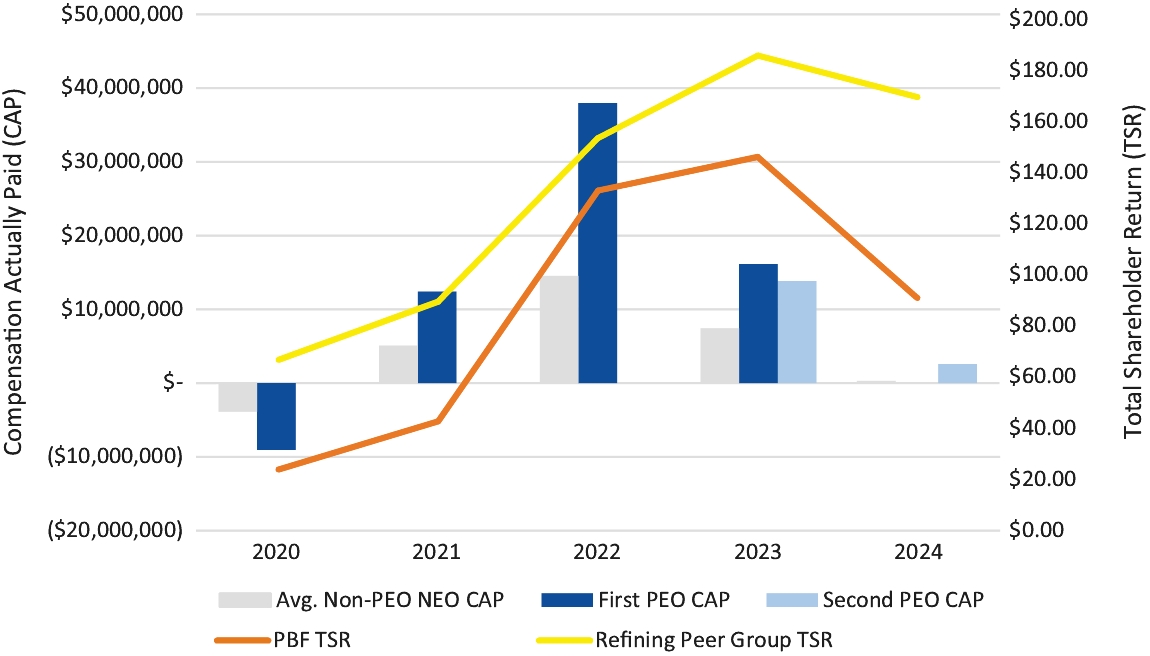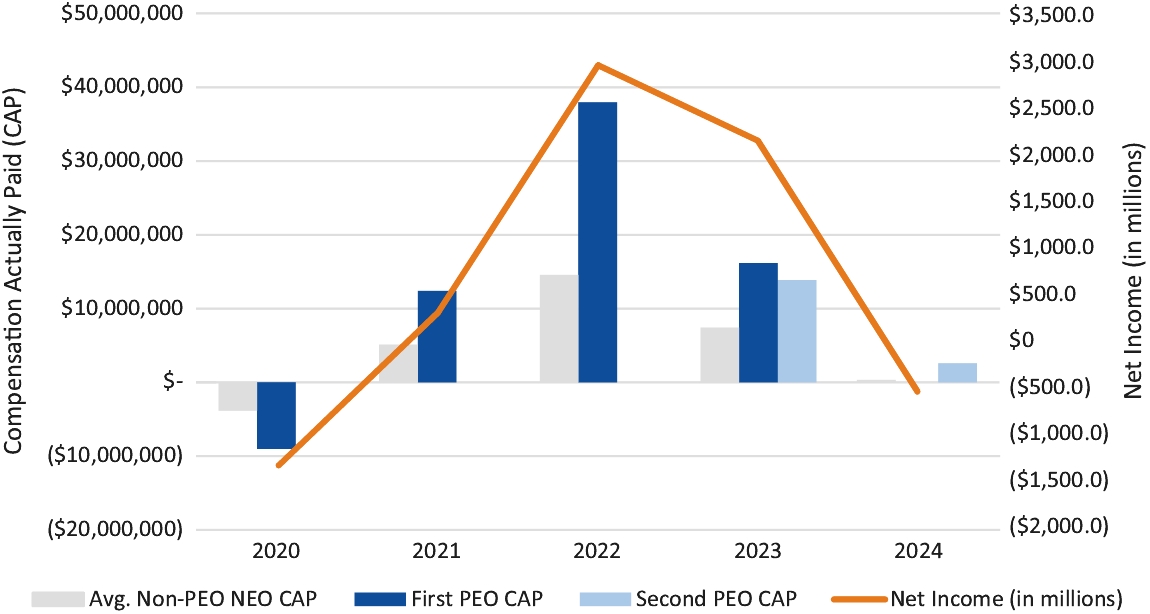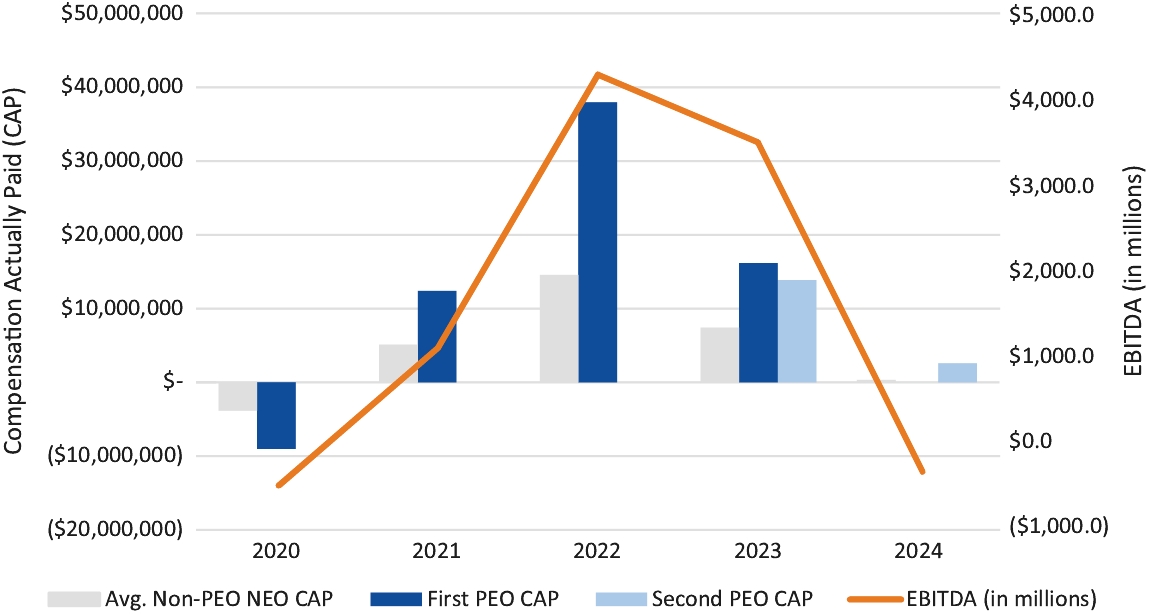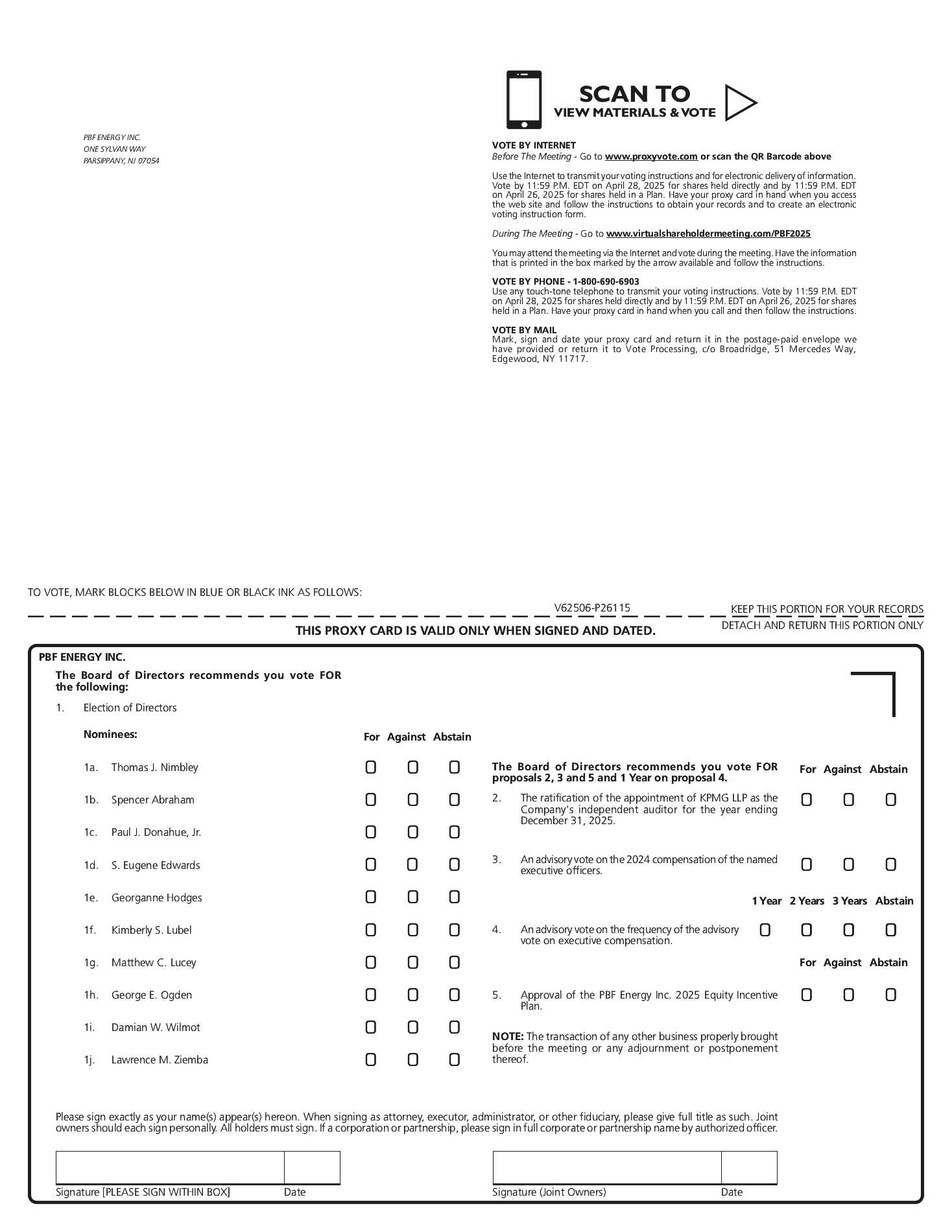(c) Outside Advisors to the Committee. The Committee may employ counsel, consultants, accountants, appraisers, brokers or other persons at the expense of the Company. The Committee, the Company, and the officers or Directors of the Company shall be entitled to rely upon the advice, opinions or valuations of any such persons.
(d) Authority; Liability. All actions taken and all interpretations and determinations made by the Committee shall be final, conclusive and binding upon all Grantees, the Company and all other interested persons. No member of the Committee shall be liable for any action, determination or interpretation made in good faith with respect to the Plan or the Awards, and all members of the Committee shall be fully protected by the Company with respect to any such action, determination or interpretation.
(a) General. From time to time, the Committee will determine the form, amounts, terms, conditions and limitations of Awards, consistent with the terms of this Plan. The form, amount, terms, conditions and limitations of each Award under the Plan shall be set forth in an Award Agreement, in a form approved by the Committee, consistent, however, with the terms of the Plan, which Award Agreement may contain, among other things, provisions dealing with the treatment of Awards in the event of the termination of employment or service (as applicable), disability or death of a Grantee. By accepting an Award, a Grantee thereby agrees that the Award shall be subject to all the terms and provisions of the Plan and the applicable Award Agreement.
(b) Forms of Award. An Award may be made by the Committee in the form of Options, SARs, Performance-Based Awards or Other Awards that the Committee determines are consistent with the Plan and the interests of the Company as described further in Section 8 below.
(c) Rights of Grantees. No Grantee (or other person having rights pursuant to an Award) shall have any of the rights of a stockholder of the Company with respect to such Shares subject to an Award until the delivery of such Shares. Except as otherwise provided in Section 11(a), no adjustments shall be made for dividends or distributions on (whether ordinary or extraordinary, and whether in cash, Shares, other securities or other property), or other events relating to, Shares subject to an Award for which the record date is prior to the date such Shares are delivered.
(d) Clawback/Recovery Policies.
(i) Clawback Policy. Notwithstanding any other provision of this Plan or any Award Agreement to the contrary, Awards shall be subject to reduction, cancellation, forfeiture or recoupment in accordance with the PBF Energy Inc. Clawback Policy (as amended from time to time) and any successor thereto and any other recoupment policy of the Company, or as required under applicable law (including the Dodd-Frank Wall Street Reform and Consumer Protection Act) and stock exchange listing requirements.
(ii) Other Circumstances. In addition, notwithstanding any other provision of this Plan or any Award Agreement to the contrary, the Committee may also, in its sole discretion, specify in an Award Agreement that a Grantee’s rights, payments and benefits with respect to an Award shall be subject to reduction, cancellation, forfeiture or recoupment upon the occurrence of certain other specified events, in addition to any otherwise applicable vesting or performance conditions of an Award. Such events may include, but shall not be limited to, termination of employment or services for cause, termination of the Grantee’s provision of services to the Company or any of its subsidiaries, breach of noncompetition, confidentiality or other restrictive covenants that may apply to the Grantee, other restatements of the Company’s financial statements to reflect adverse results from those previously released financial statements as a consequence of errors, omissions, fraud, or misconduct.
(iii) No reduction, cancellation, forfeiture or recoupment under this Section 4(d) shall be an event giving rise to a right to resign or terminate with “good reason” or constitute a “constructive termination” or any similar term under any plan of or agreement with the Company (or any of its subsidiaries or Affiliates).
(a) Grant. The Committee may grant Options in such amounts and subject to such terms and conditions as the Committee may determine. The Award Agreement evidencing such Option shall include the option exercise period and the Exercise Price (which shall not be less than 100% of the Fair Market Value of a Share on the date the Option is granted, other than in the case of Options granted in substitution of previously granted awards as described herein) and such other terms, conditions or restrictions on the grant or exercise of the Option as the Committee deems appropriate. At the time of grant, the Committee shall designate in writing in the applicable Award Agreement whether the Option is
